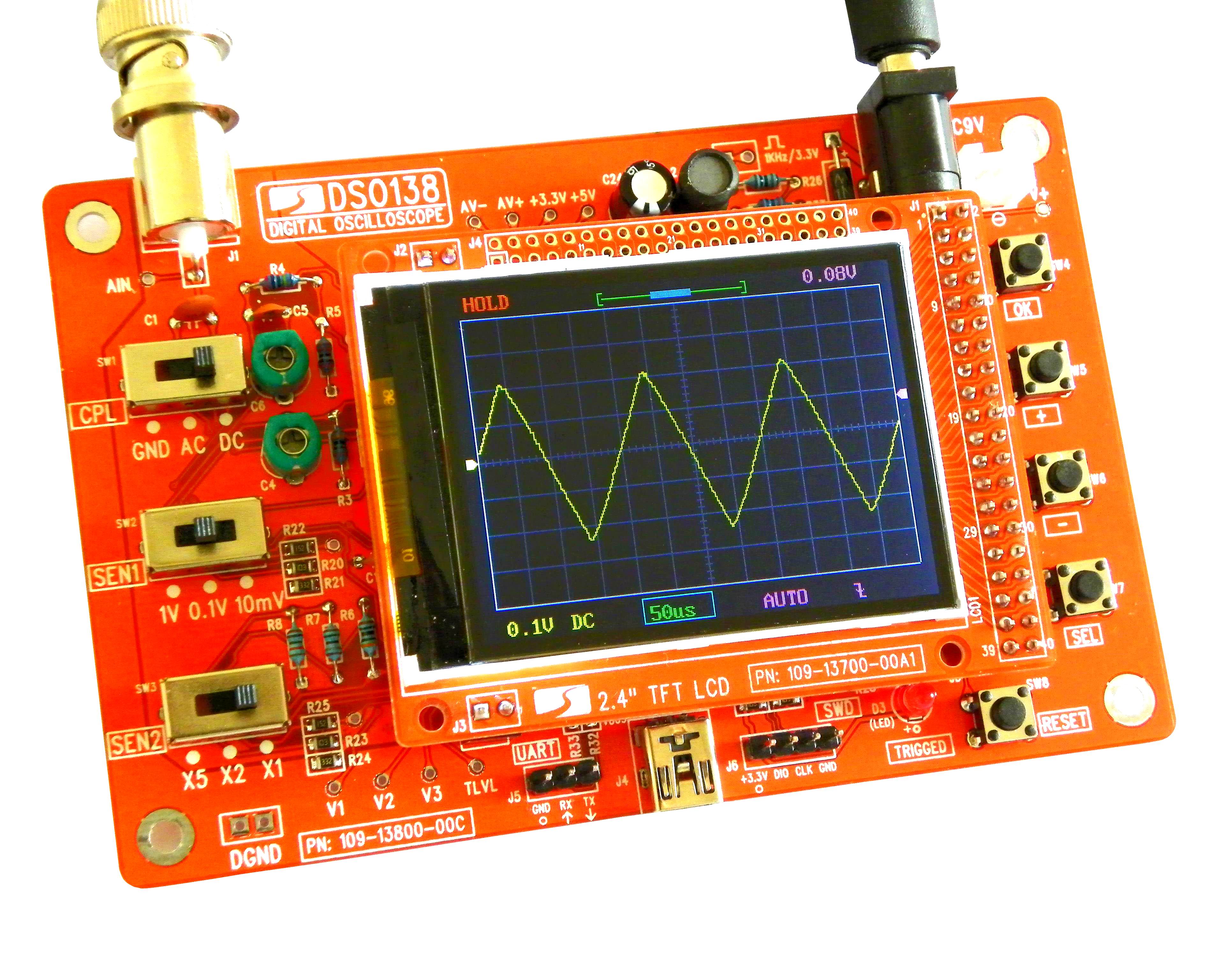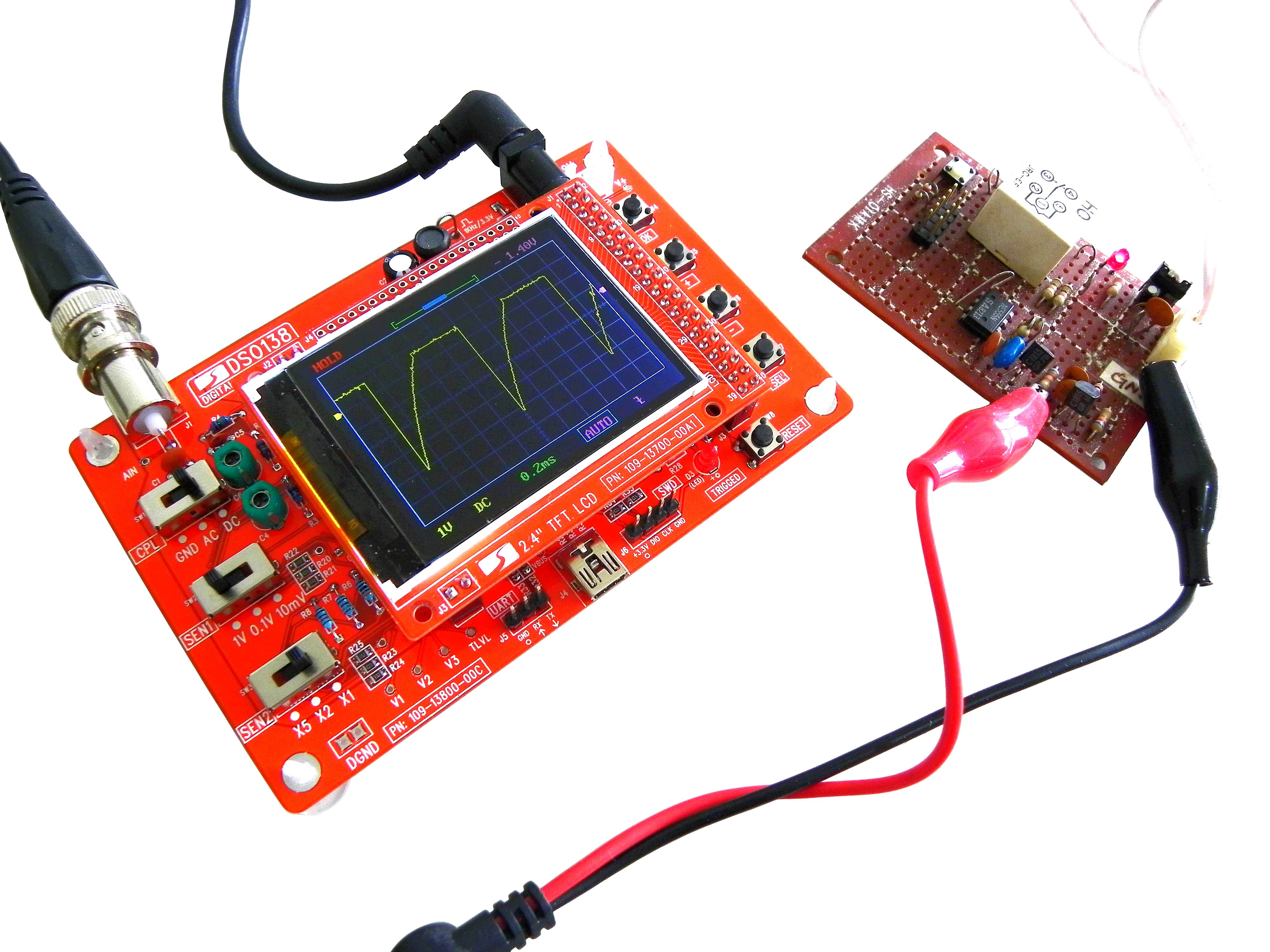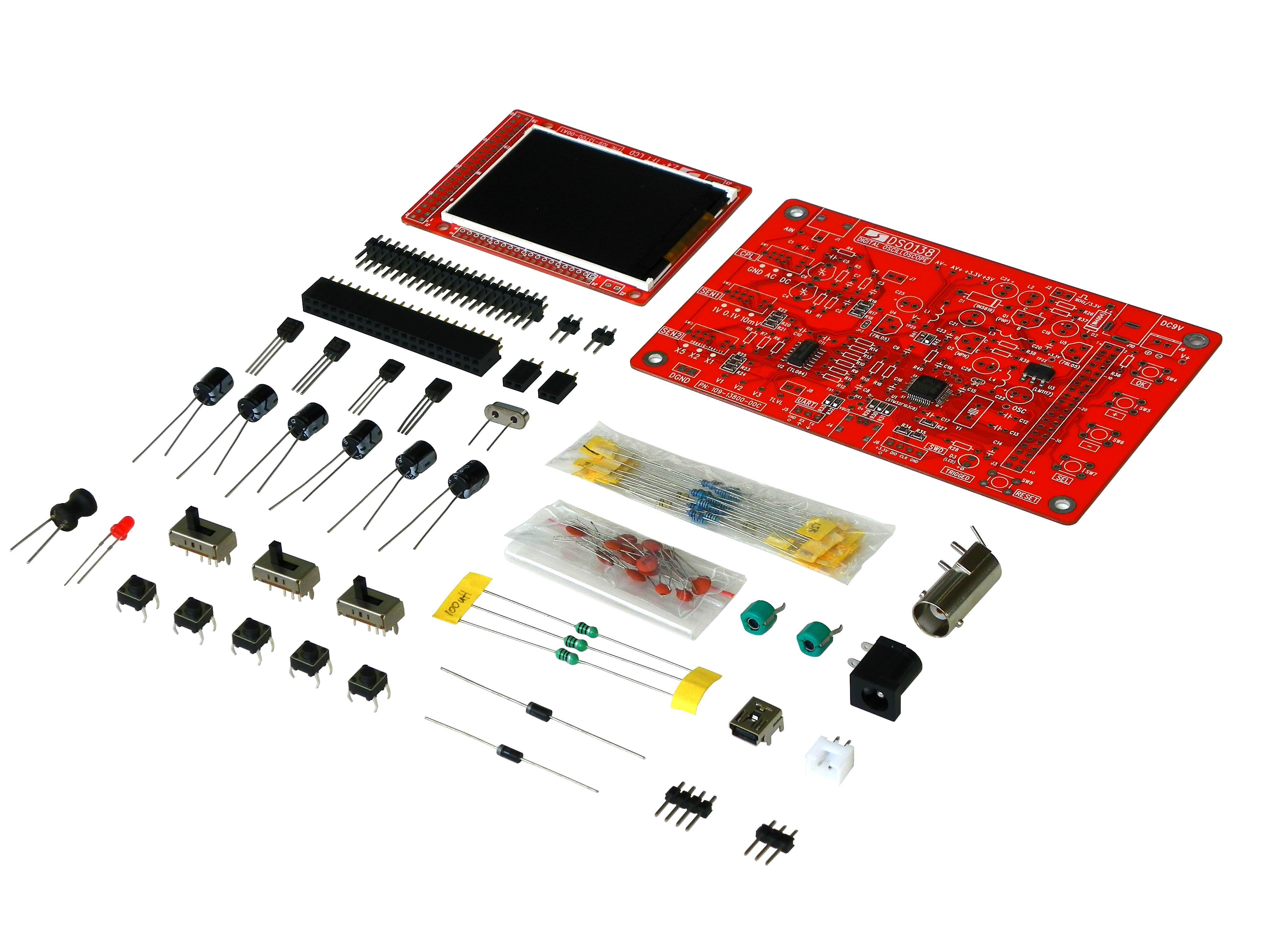You can see by the title there is a bunch crammed together...
So the dilemma now for those who don't yet have the coin to get something nice like the ICOM IC-7300, is how to get those advantages with the equipment we already own.
Bit of background...most radios out there have some kind of serial computer interface (CAT for Yaesu) connection and maybe some kind of data interface (for a TNC terminal node controller).
The 857D is in that category, a CAT connection to interface with tuner and computer, and a data connection to access TNC in/out a PTT and squelch status.
Wiring in my setup...
-a CAT cable from 857 to tuner (LDG YT-100) and a CAT cable from tuner to serial/usb adapter to computer.
-a data cable from 857 to SignaLink USB (handles TNC chores) and a usb cable from SignaLink to computer.
-a usb cable from SDRPlay RSP2Pro to computer.
---also a usb hub to have more slots for my laptop.
Hardware Settings...
-usb from CAT adapter creates a COM port...and depending on which slot it is in in the laptop or hub, it will have a different COM port...so I put it in the same slot and labeled that slot, so it will always show up as COM3
---(how do I know? all versions of windows has a 'Device Manager' in win 10, it is hidden, but you can search for it, it is still there. Under Ports (COM & LPT) you will see your serial port adapter.)
-SDRPlay (RSP2) - my Panadapter -had an entry in Device Manager labeled "SDRPlay (RSP2) under 'Sound,video and game controllers'...if it isn't there...it won't work with your software
---(Occasionally it disappeared, so I had to unplug it...wait a minute, and plug it back in...then check Device Manager to make sure it was there.)
-SignaLink USB also has an entry in 'Sound, video and game controllers' but is called "USB Audio CODEC" The SignaLink has a physical connection to the PTT, so every bit of software using the SignaLink should have External or VOX for the PTT...and radio should NOT be VOX.
---(the name is important...it will be used many times later)
Software Settings...
Now the fun begins...the easy path is for all the software to live in harmony, see what is going on on the radio, listen to the SDR or SignaLink (as appropriate) and send and receive data almost automatically.
To get there wasn't as hard as I originally thought.
Two key bits of software... VSPE (
Virtual Serial Ports Emulator) and
Omnirig.
Omnirig is a fantastic and free radio interface for most radios...it is almost a standard, so much radio software out there will utilize Omnirig rather than direct radio connection...this is important because through Omnirig they can 'share' control of the radio...but only one device can have direct connection to the radio COM port.
...unfortunately not all software uses Omnirig...
VSPE is a cheat to get around software that won't talk to Omnirig due to some kind of philosophy (apparently...)
VSPE is a very powerful serial port manipulator...it can to many tasks other than the one I will be using.
So here is the setup part...
In my case the radio is on COM3.
I set up
VSPE to 'Split' COM3 to COM10 ... now many programs can connect to COM10 as if it was the radio itself.
I set up
Omnirig to 'see' the 857 at COM10 at Rig1. (4800baud-matches my radio settings, bits 8, parity none, Stop bits 2)
I run
SDRuno, there are two locations to set and view the radio settings (radio is now on and connected)...first in the 'RX Control' display under settings, ORIG (stands for Omnirig) I set Rig1.
in the 'Main' display under settings, ORIG, I should see that RIG1 Type is FT-857, RIG1 Status is On-Line.
WriteLog (logging software my club uses for Field Day),
Setup-Ports...
... RIG #1, Rig Type "Afreet Omnirig"
Winlink Express, after opening 'Winmor Winlink' session, .
-- Settings- WINMOR TNC Setup,
-- Settings-WINMOR TNC Setup,
WINMORE Capture and Playback Device are both '(USB Audio CODEC)'
--note: I renamed both of those to 'SignaLink'...yours may show
Microphone and Speaker...but the USB Audio CODEC is the key)
in the Winmor window - Settings- Radio Setup, Yaesu FT-857, USB, COM10, 4800, External Serial port for PTT
WSJT-X (currently v2.1.0-rc5) File-Settings
Radio tab, "Omnirig Rig 1", PTT VOX, Mode None, Split None
Audio tab, Input and Output, (USB Audio CODEC)
Fldigi (currently v4.1.03) Configure-Rig Control (or Rig tab if you already have the config open),
Rig Tab - So far I have been successful using their FLrig,'Enable flrig xcvr control with fldigi as client'.
Audio Tab - Again sound input/output is (USB Audio CODEC)
--
FLrig, Config- Setup-Transceiver, Rig FT-857D, Ser Port COM10, Baud 4800, 2 stopbits, nothing selected in the PTT RTS section.
-DigiPan...pretty basic..just set PTT to External.
The Panadapter part is the SDRPlay RSP2Pro. This is automatically discovered by the SDRuno software.
What the whole deal gets you is...
-within the SDRuno software you can change bands, modes, freq, by either mouse clicking or spinning the mouse wheel...and in some cases you can change the frequency range shown by dragging the mouse (if you are zoomed in).
-but also, within the FLdigi or Winlink software you can control the radio freq and mode within that software.
-meanwhile the logging software is recording contacts (depending on other software, WSJT-X automatically logs contacts) but as a minimum the logging software knows the band mode and freq already.
Without this setup, you could still do digital modes, but everything would require multiple steps.
...BTW if I had a more modern radio like the IC-7300, a lot of the settings wouldn't be needed, but a virtual port still might be used with certain software.
-----
Update: First, I will throw out there that these programs don't play well together...ie winlink, WSJT-X, FlDigi...so just run the one you are using for the mode you want.
Second...for contest purposes, my club uses WriteLog...other than that I don't use it...so for contest purposes (i.e. Field Day) I am using it.
...I talk enough HF at work, so I play in the digital modes...we will be using the FT-8 during field day for contact purposes...but through WSJT-X there is no easy logging method.
...I recently (last week) learned that the WriteLog folks have a FT-8 software that does the contacts AND the logs through WriteLog... they call it...wait for it... DigiRite. So for contest purposes I use it in place of WSJT-X.
...ok some more Writelog settings were required to use the Digilog...I had to go to Start>Writelog> Sound board mixer control and define the inputs (signalink, signalink, mic,speaker)














































